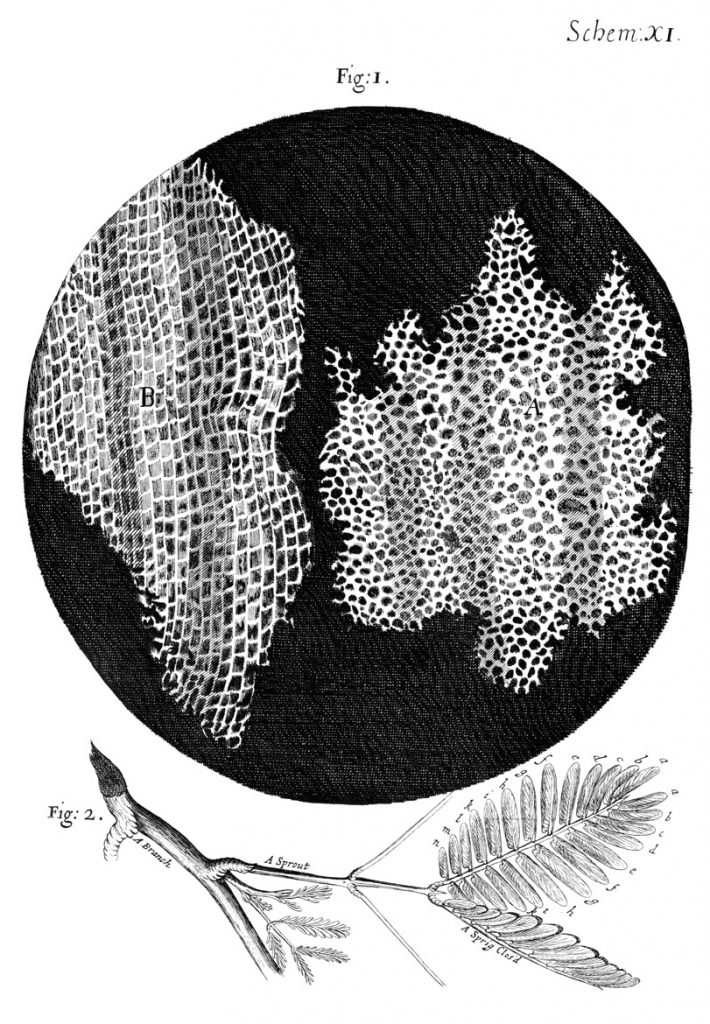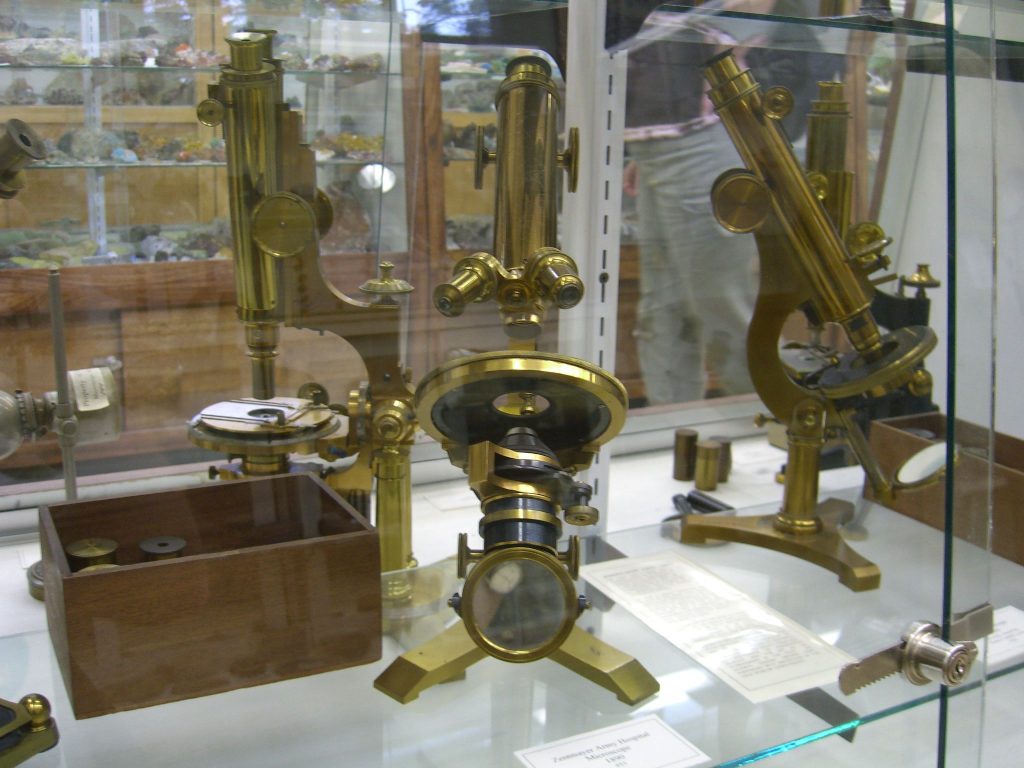What is there in common between a snail and a frog? A fish and a tree or a turtle and your best friend? At first glance, you would answer that they are almost incomparable. They look so much different that you could claim their only similarity is that they are all living organisms on our planet. But this is also the key to our question. All the living things consist of one or more cells. That common feature makes us more similar to each other than it seems. However, the complexity underlying each one of us is so high, resulting in the numerous differences we notice on the surface.

When and how were the cells discovered?
Whether you are still a student or have graduated a long time ago, chances are that you have heard the word ‘cell’ and you probably understand what it means. That wasn’t always the case, though. People did not know about the existence of cells earlier than the 17th century, mainly because the size of the cells prevents us from being able to see them with a naked eye. Scientists’ curiosity to learn more about the microscopic world led them to the advancement of the first microscopes. Using lenses to enlarge their specimens, they were able to observe tiny details and microscopic life forms.
In 1665, Robert Hooke was the first one to use the term ‘cells’ to describe the pores he saw when he placed slices of cork under his microscope. He mentioned that these pores resembled a honeycomb. Although we know today that these were dead cells, which had lost their components except for their cell walls, Hooke went on to describe similar structures in wood and other plants.

A few years later, Antonie van Leeuwenhoek used a microscope, which he had designed by using just one lens that had the ability to magnify objects 270 times their size. This improved magnification allowed him to see bacteria and protozoa, which he called ‘animalcules’ due to their very small size. Leeuwenhoek continued his experimentations and was able to observe and describe red blood cells and sperm cells. The latter led to the discovery that fertilization occurs when the sperm cell enters the egg, which was very important proof at a time when there was a huge debate over how a new organism is formed.

The road to cell theory
After these first discoveries, more scientists started getting involved in the process of unraveling what the organisms are made of. Studying plant tissues was easier and the existence of the plant cell wall helped them realize that plants solely consisted of cells. The study of animals, though, was not so simple. Microscopic observation requires the tissues to be cut into very thin slices. However, animal tissues are fragile, and preparing such slices out of them was difficult. After a lot of effort, scientists came to the conclusion that cells are the basic units of life despite their differences between animals and plants. In the 19th century, Theodor Schwann and Matthias Schleiden developed a theory, which they called cell theory and it consisted of two tenets:
- All living organisms are composed of one or more cells
- The cell is the most basic unit of life
A few years later, Rudolf Virchow enriched cell theory with a third tenet, although he is not always credited for his contribution:
- All cells arise only from pre-existing cells
Since then, there have been many advances in our understanding of the biology of the cells. Therefore, scientists needed to form a modern version of the cell theory, which so far, goes as follows:
- The cell is the fundamental structural and functional unit of all living organisms.
- All cells arise from pre-existing cells by cell division.
- All living organisms consist of one cell (unicellular organisms) or more (multicellular organisms).
- Cells contain genetic information that is passed on to daughter cells by cell division.
- Energy flow occurs within the cells.
- Organisms of similar species consist of cells with the same chemical composition.
- An organism’s activity depends on the combination of the activities of independent cells.
Now that you are aware of the importance of cells in the process of structuring a life form and the maintenance of its functions, you can follow the next posts to learn more about how these cells result in a variety of organisms and the differences among them.
